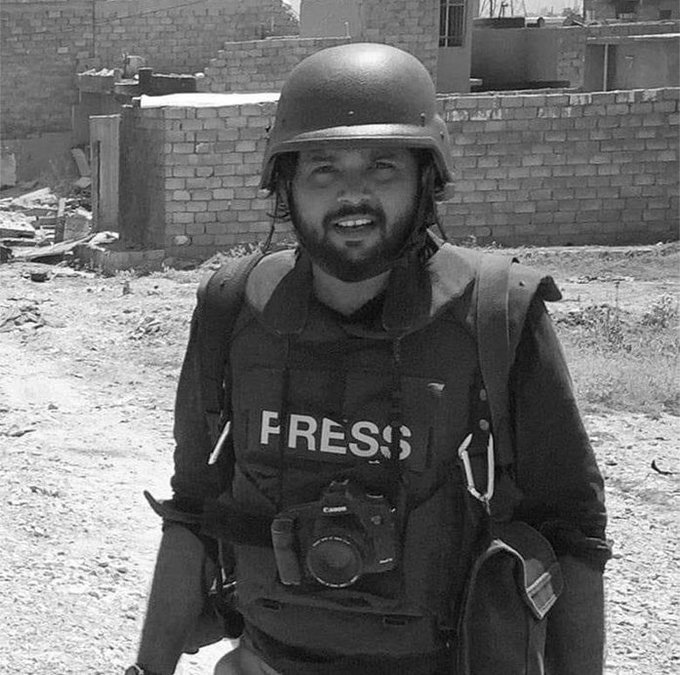
Siddiqui's body was mutilated by Taliban, say officials
A report claims that Danish Siddiqui's body was badly mutilated at the hands of the Taliban after his untimely death on July 16.

Officials have said that the body of Reuters photojournalist Danish Siddiqui, who died while he was on an assignment in war-torn Afghanistan, was reportedly badly mutilated at the hands of the Taliban.
The 38-year-old Pulitzer-winner was reportedly killed in a crossfire, between Afghan troops and the Taliban in the Spin Boldak district of Kandahar city that neighbours Pakistan, on July 16. But now, a report in The New York Times has suggested that initial photographs of his body showed that he had suffered multiple wounds but was fully intact.
The New York Times had carefully examined multiple photographs of the journalist’s body, provided to them by Indian officials and Afghan health workers, and they had revealed signs of mutilation. Siddiqui’s body had suffered as many as a dozen bullet wounds, while his face and chest were riddled with tyre marks, said an official, News18 reported.
Also read: Danish Siddiqui was identified, executed by Taliban, says report
Two Indian officials and two Afghan health officials have also pointed out that Siddiqui’s body was badly mutilated by the time it was handed over to the Red Cross and transferred to a hospital in Kandahar in the evening.
His body reached the hospital at around 8pm, according to a health official in Kandahar. Another official mentioned that his face was unrecognisable and it was unclear what had been done to his body.
Taliban however has denied having anything to do with Siddiqui’s death. Hours after the news of his death spread, Taliban spokesperson Zabiullah Mujahid said, “We are not aware during whose firing the journalist was killed. We do not know how he died.” Further, a Deccan Herald report said that Mujahid added that the Taliban were under orders to treat bodies with respect and to hand them over to local elders or the Red Cross.
Also read: How Afghanistan is sliding back to dark days: Taliban atrocities a grim warning
However, a US-based magazine report, published on Thursday (July 29), too claimed that Siddiqui was neither killed in a crossfire nor was he collateral damage. According to that report, the journalist was ‘brutally murdered’ by the Taliban when his identity was verified.
The Washington Examiner report said that the injured Siddiqui first went to a local mosque where he received first aid. The report claimed that the Taliban attacked the mosque solely because of Siddiqui’s presence there. They captured him while he was still breathing and executed him once his identity was verified. The report mentioned the commander and whoever was left of the team died trying to rescue him.
Also read: Danish Siddiqui’s works that moved and shook the world
The claims haven’t been confirmed thus far, but an Indian official said that some of Siddiqui’s wounds appeared to be from gunshots at close range. There are photographs of that time in that area that show Taliban fighters standing around Siddiqui’s then-still-intact body.
Siddiqui won the Pulitzer Prize in 2018 as part of the Reuters team’s coverage of the Rohingya crisis. He had also extensively covered the Afghanistan conflict, the Hong Kong protests and various other major events in Asia, Middle East, and Europe.
His body arrived at the Delhi airport on the evening of July 18 and was brought to his residence in Jamia Nagar welcomed by a huge crowd, including family and friends. He was entombed at the Jamia Millia Islamia graveyard, where a sea of people had gathered to pay their final respects.

